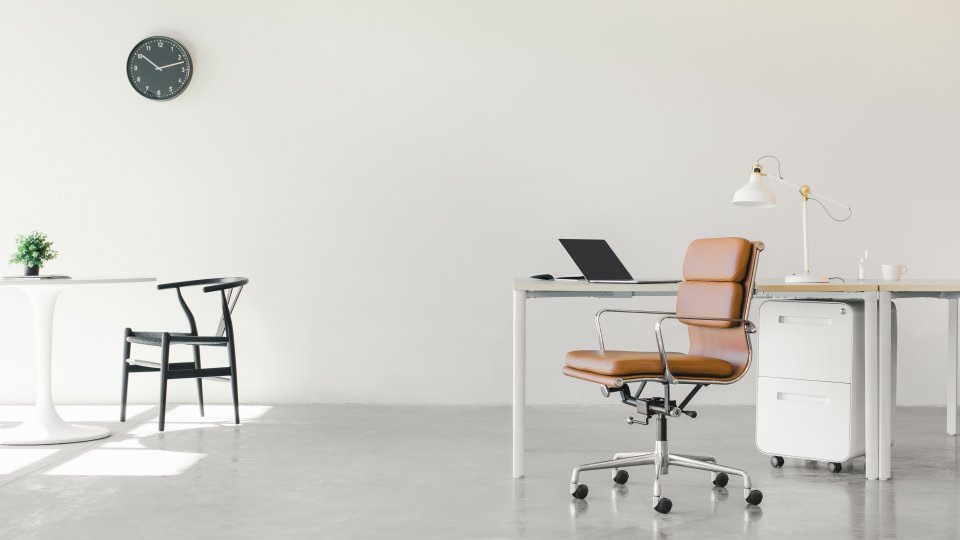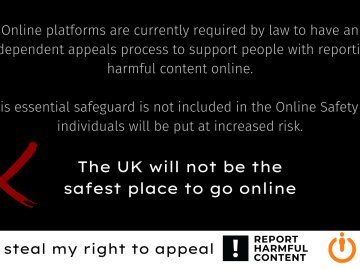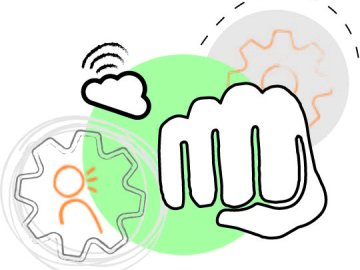COVID-19 has caused so much disruption to the way we work that it has altered our perception of what is ‘normal’ in the workplace. To some, remote working is a comfortable, convenient setup that works better than the regular office. On the other hand, many employees will be itching to get back to socialise with colleagues and get a much needed change to their environment.
It’s also been a year of unprecedented adaption. Everyone has had to pull out all the stops to ensure their business can continue at the same pace it did before lockdown happened. This has meant severe changes to routine, potentially longer working hours and extensive knowledge of utilising technology for maximum effect. Ironically, we may have invested more time in our work this year but it has no doubt left some of us feeling completely detached from what we were originally accustomed to.
This and many other factors is what can lead to employees seeking other job opportunities. If the past year at work has been an unusual and stressful time, this can lead to severe doubts about where their career is taking them in a post COVID world. Anxiety levels have taken an increase over the last year, leading many of us to want positive change in our daily lives. The Office for National Statistics says ‘Between July 2019 and March 2020, 10% of adults experienced moderate to severe symptoms of depression. By June 2020, this had almost doubled to 19%. By November 2020, the proportion of adults experiencing some form of depression remained at 19%, while 17% experienced some form of anxiety.’
Statistics such as these can fall on businesses to try their best at ensuring staff are satisfied in their work so they don’t go elsewhere.
Let’s get back to business
When restrictions lift, it won’t be as simple as returning everything back to normal. As we’ve said before, everyone is different and responses will be varied. Your work culture will need to take into account the past year and consider how this would have affected your staff on an emotional and physical level. Face to face interaction has been few and far between. Communication has primarily been done through video calling, which doesn’t offer much variety for the day and can lead to excessive burnout when tasked with back to back meetings and not enough time to manage workload. Essentially, the need for wellbeing in the workplace will be at an all-time high.
To manage this, it is important to be open with your staff, address the importance of mental wellbeing and show your support to them during this difficult transitional period. Encourage communication and present your environment as a safe space that is proactive yet supportive. Take into account that some may still wish to work from home and consider how they are incorporated into your strategy so their needs are also addressed.
You could offer a variety of options to members of staff so they have some control and decision-making ability; this could include flexibility in working hours or decisions about where they choose to work. All this shows you are supporting your staff and addressing the need for positive wellbeing.






